Batteries from a variety of manufacturers are examined using high-speed X-ray imaging to determine their failure mechanisms during thermal runaway.
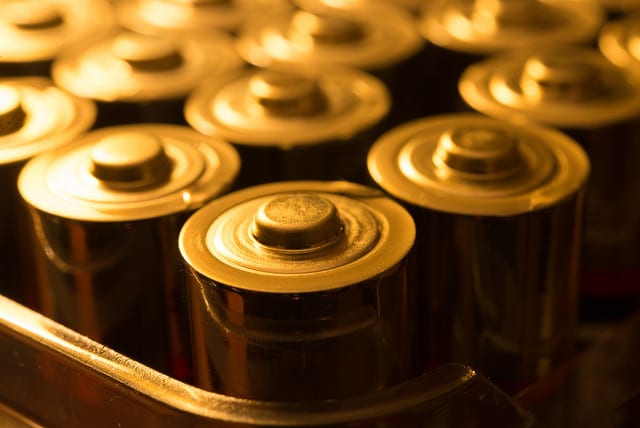

Batteries from a variety of manufacturers are examined using high-speed X-ray imaging to determine their failure mechanisms during thermal runaway.

A new printing method produces flexible graphene microsupercapacitors with a planar architecture, suitable for integration in portable electronic devices.
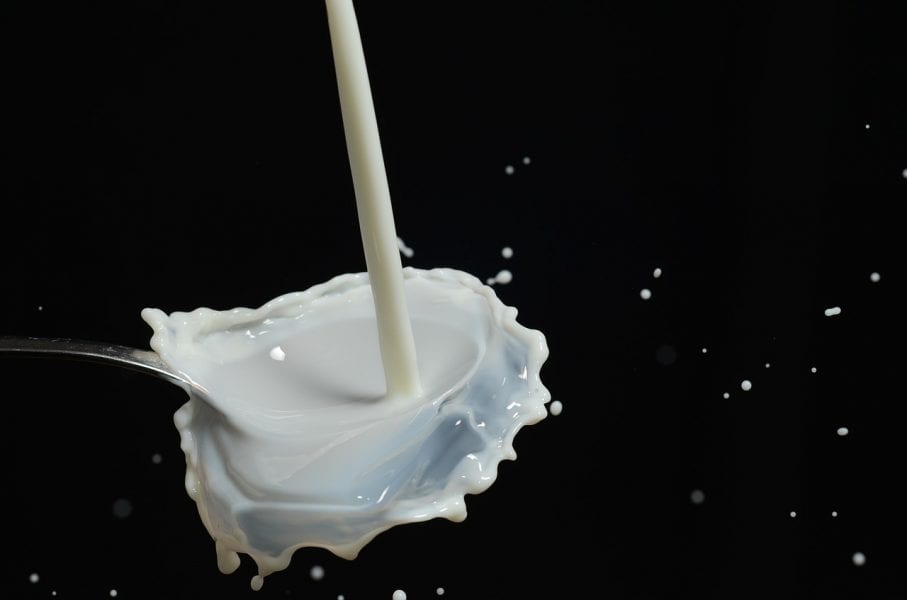
Australian researchers have developed a promising new plasma treatment method to decontaminate and increase the shelf life of milk.

Via a bottom-up approach this research shows the production of scalable, stable InGaN nanowire photonic crystals for high efficient LEDs.
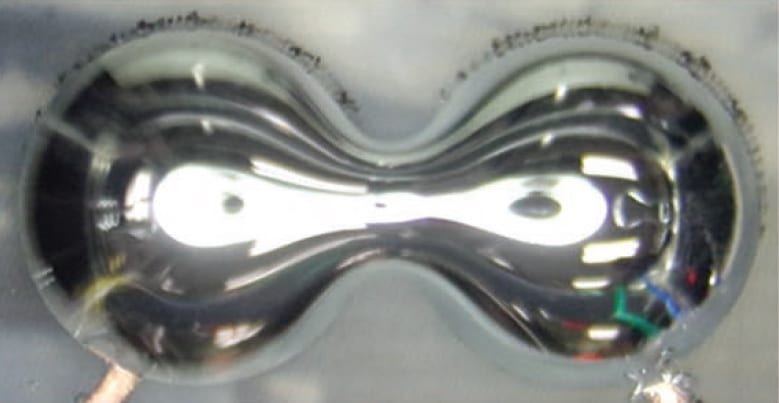
Exploiting electrochemistry to gain control over the interactions of liquid metal droplets enables reversible switching for soft circuitry.

Dr. Marta Mas-Torrent and her team are developing high-performance electrolyte-gated field-effect transistors (EGOFETs), electronic devices capable of working in an aqueous environment.
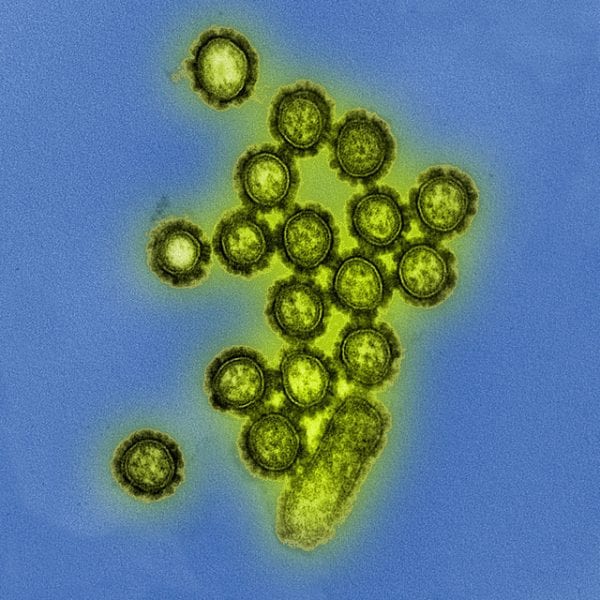
Polymeric nanoparticles acting as intracellular ROS regulators show promise as antiviral agents in influenza-infected kidney cells.
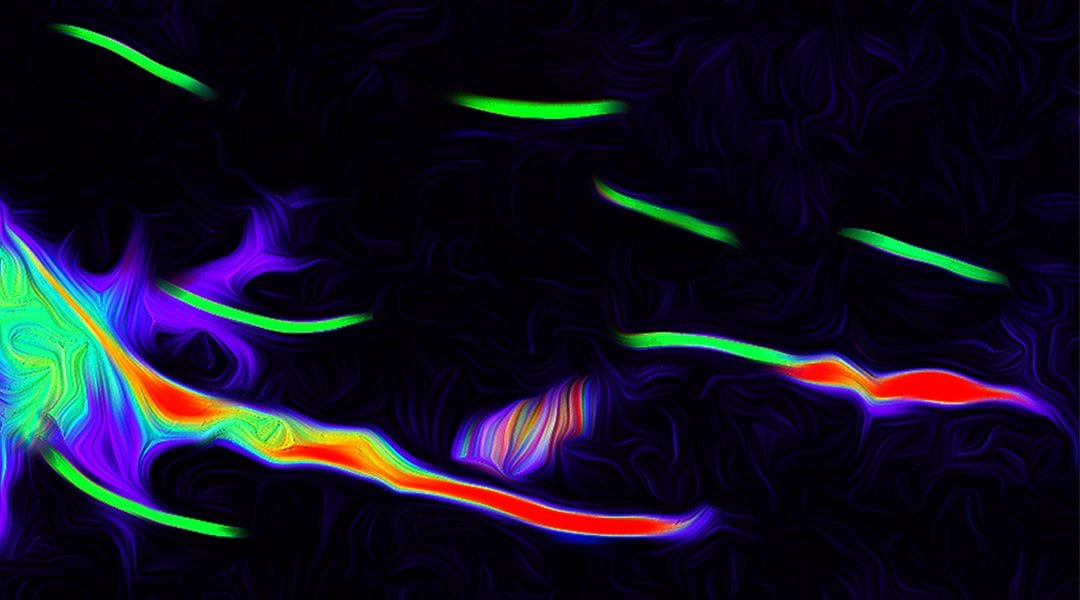
A simple and effective, injectable hydrogel system with tunable fiber orientation for directed cell growth in demonstrated.
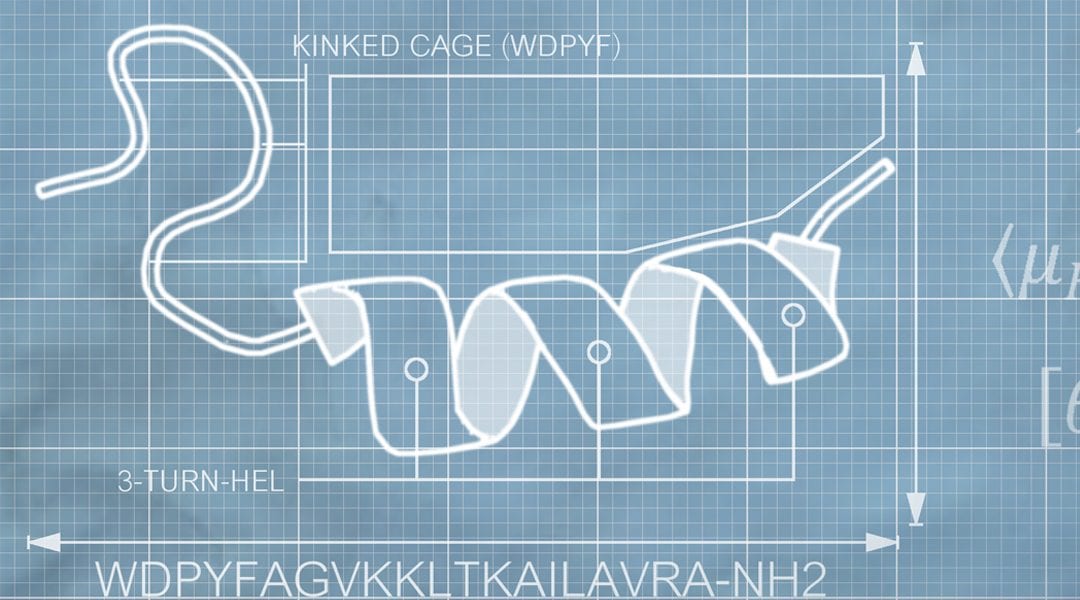
A novel, nature template-based computation design method has been proposed, and demonstrates the potential for design of peptides for chemical biology and medicinal chemistry.
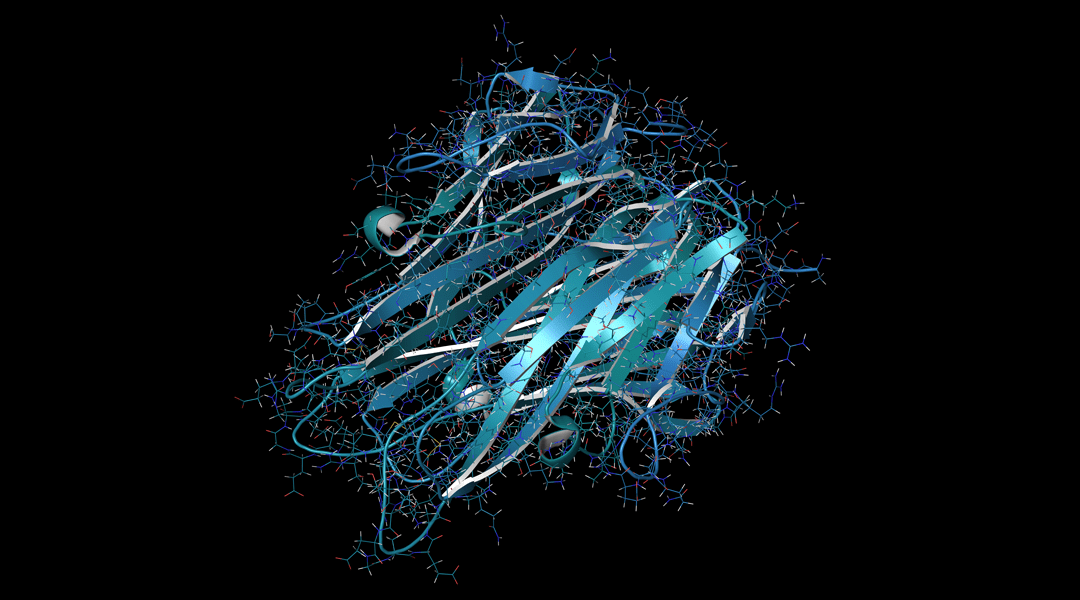
Polypeptides have a rich variety of structures and functions. Their chemoenzymatic synthesis is reviewed by the Enzyme Research Team at RIKEN, Japan.